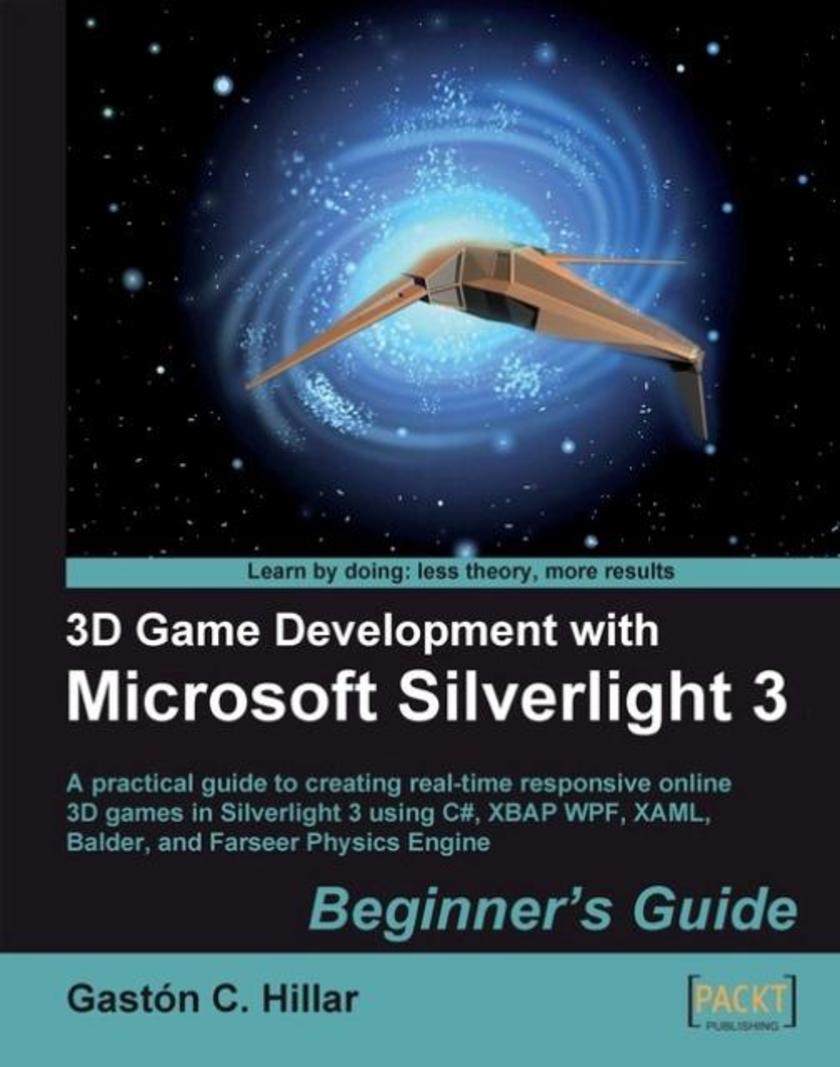
3D Game Development with Microsoft Silverlight 3: Beginner's Guide
¥90.46
This book takes a step-by-step approach to building a complete interactive 3D game using Silverlight and enhancing it through its related technologies. The book focuses on practical examples and has a friendly approach, with the opportunity to learn by experiment and play. It uses illustrations, screenshots, and interactive experiences to understand the most complex topics related to the 3D scenes. This book is designed primarily for C# developers with basic knowledge of the Visual Studio IDE who want to develop online 3D games using Silverlight or create interactive 3D scenes for a web site with animated models. No prior experience in 3D programming, 3D animation, or Silverlight is required. The book is also aimed at 3D developers who want to improve their online content, offering innovative 3D models in action.
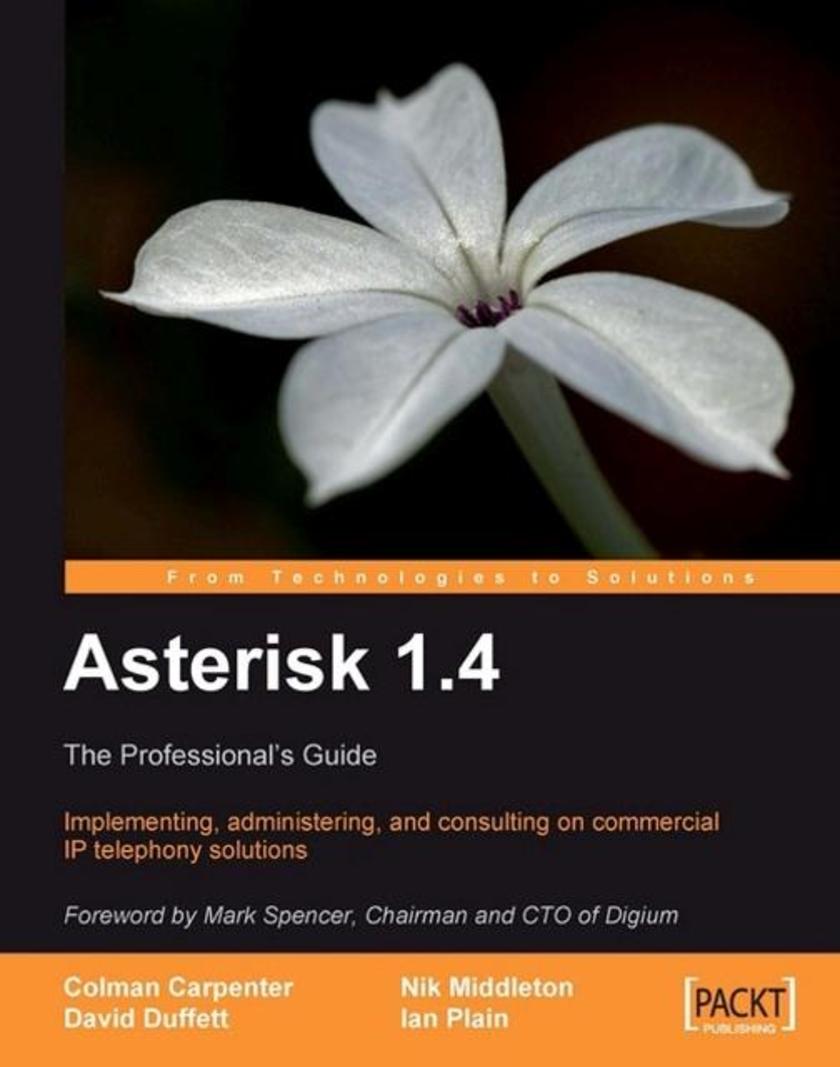
Asterisk 1.4 : The Professional’s Guide
¥80.65
Employing a comprehensive handbook-style approach, this easy-to-follow book shows the reader various means of implementing the power of Asterisk in a commercial environment. In next to no time, the reader will gain a deeper understanding of many of the issues faced by Asterisk consultants and the solutions they believe work best. Primarily aimed at Asterisk Professionals, this book provides real-world insight for Asterisk Network Administrators and System Implementers in the commercial environment. This book is not for newcomers to Asterisk. Readers are expected to be experienced with installing and administering Asterisk systems.
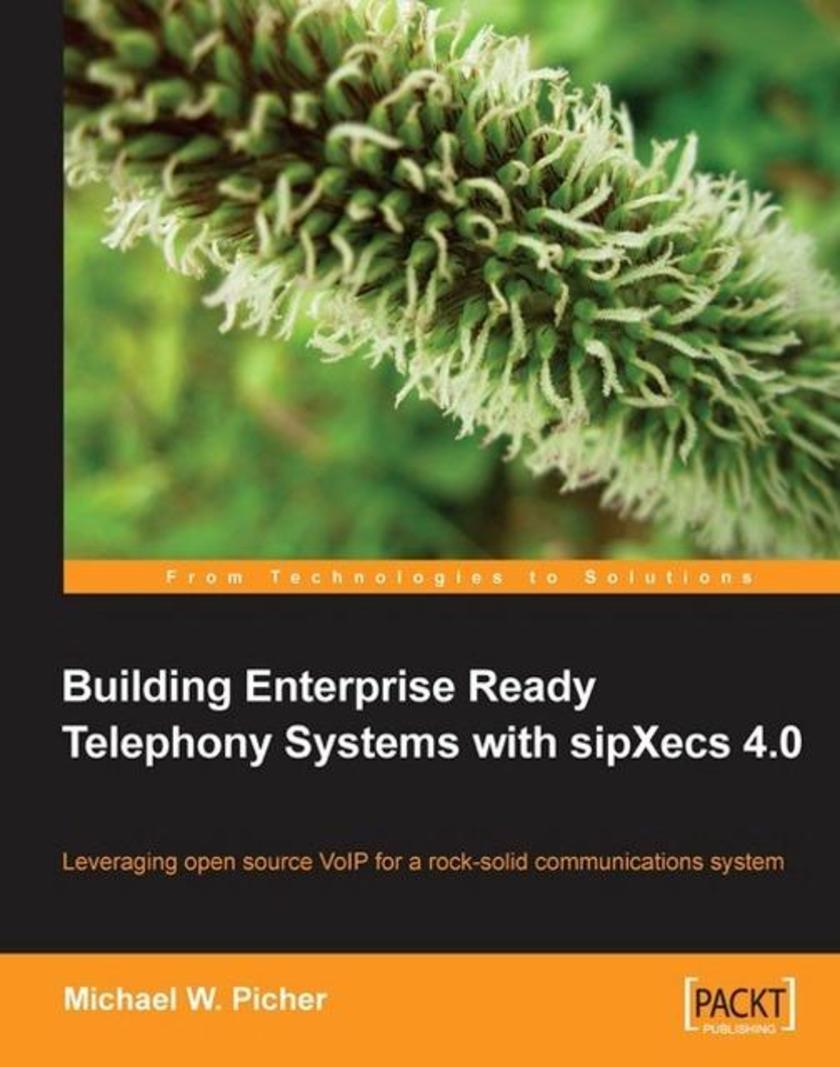
Building Enterprise Ready Telephony Systems with sipXecs 4.0
¥80.65
This book was written to be a step by step approach to building a communications system for any organization. Care was taken to clearly illustrate with diagrams and screen shots all of the steps and concepts along the way. This book is written for network engineers who have been asked to deploy and maintain communications systems for their organizations.
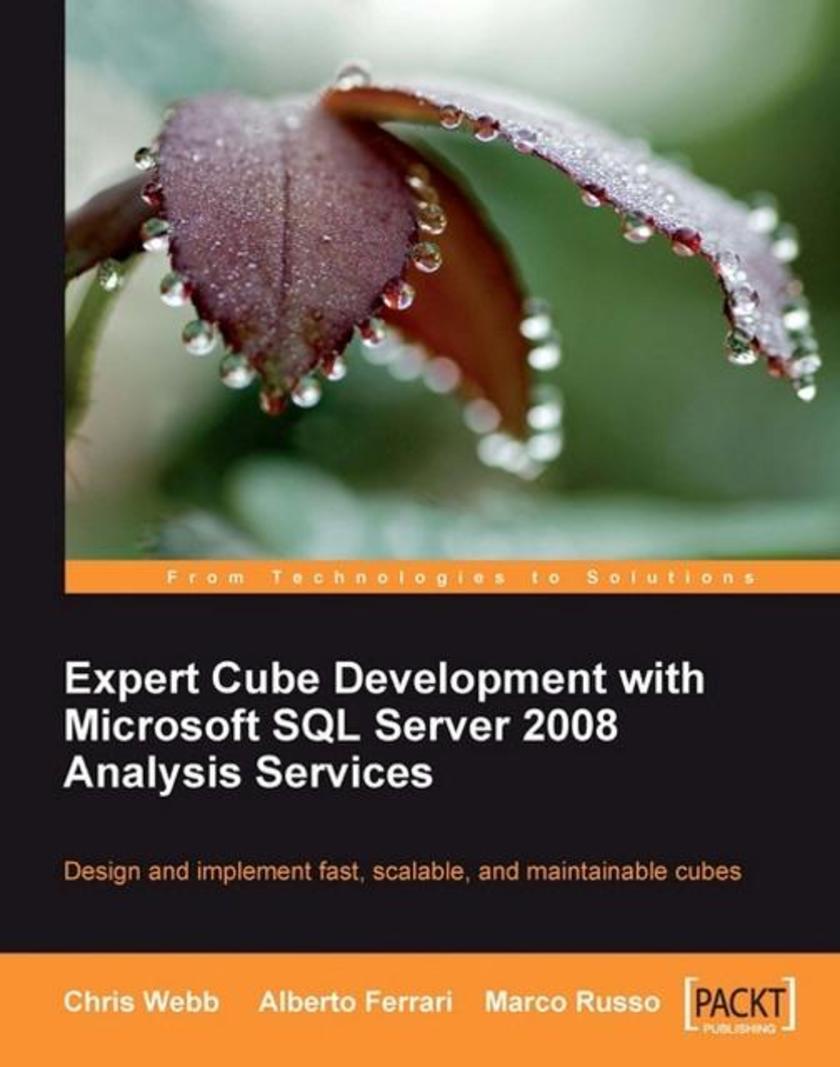
Expert Cube Development with Microsoft SQL Server 2008 Analysis Services
¥90.46
This is a practical tutorial for Analysis Services that shows readers how to solve problems commonly encountered while designing cubes, and explains which features of Analysis Services work well and which should be avoided. The book walks through the whole cube development lifecycle, from building dimensions, cubes and calculations to tuning and moving the cube into production. This book is aimed at Analysis Services developers who already have some experience but who want to go into more detail on advanced topics, and who want to learn best practices for cube design.
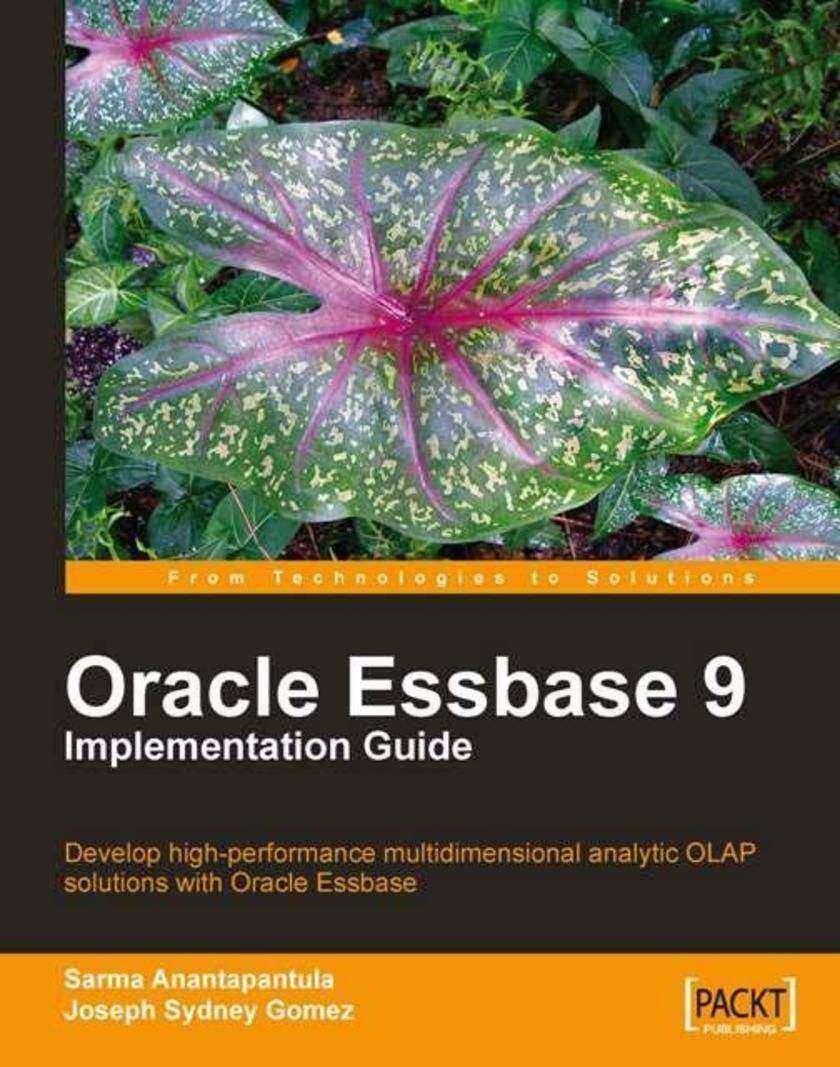
Oracle Essbase 9 Implementation Guide
¥107.90
This book uses a practical step-by-step approach with the next chapter always building on the knowledge foundation created by the previous chapter. Understanding and really grasping the multidimensional concept is difficult enough without a lot of confusing jargon thrown in. This book speaks to the reader in plain English with plenty of easy-to-follow examples. You will create, build, and maintain data for a fictional automobile company. This book is primarily for the IT professional who has a good understanding of IT principles and processes but is a multidimensional OLAP novice. Experienced OLAP professionals will also gain insight from this book. Simply put, if you are in the IT field and wish to gain a functional level of knowledge in the world of Oracle Essbase, whether it be for a developer role or a PM or BA role, this is the book you need.
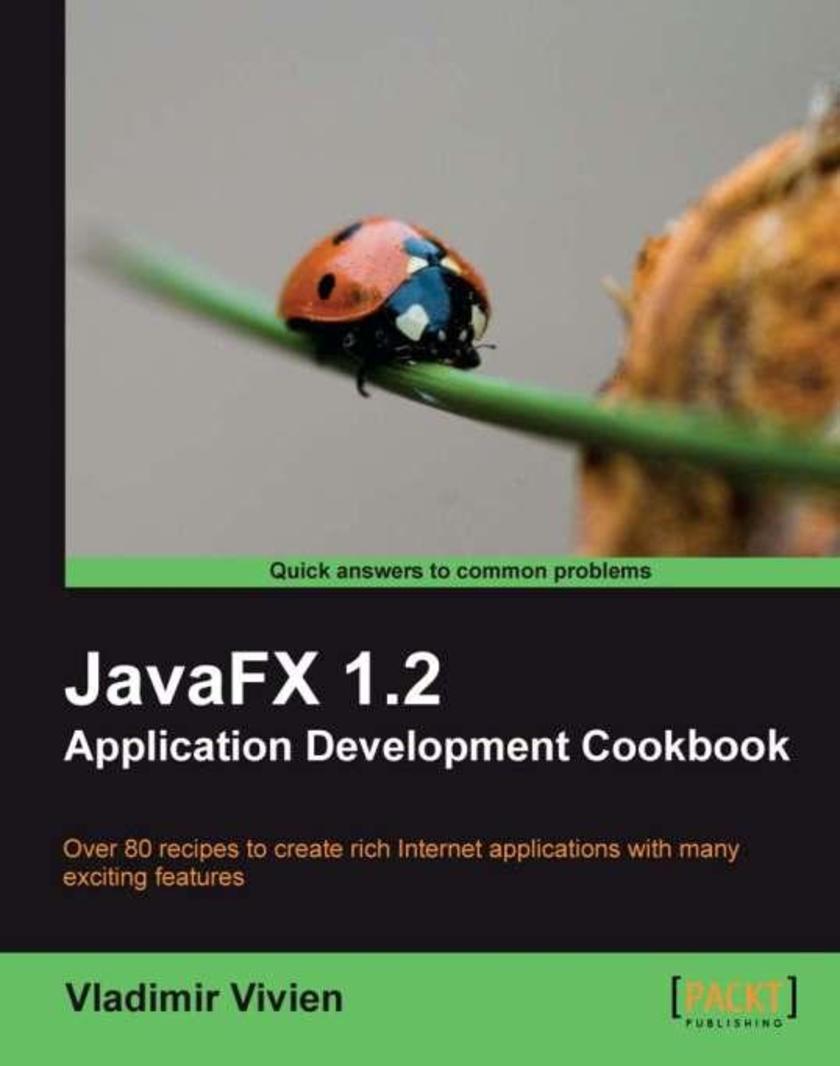
JavaFX 1.2 Application Development Cookbook
¥71.93
This book is a comprehensive collection of recipes that elaborate on known use cases. You will find an organized step-by-step procedure to accomplish each task followed by detailed explanations to better understand how and why each step was undertaken, and many links to online references and other related sections in the book that supplement the subject in question. The book is written so that you can work through the recipes in order or go straight to the recipes that interest you; where a recipe depends on other recipes they are clearly referenced. If you are a Java developer, Rich Internet Application content developer, or graphic designer who wants to build RIAs featuring animations, videos, and other feature-rich content, this book is for you. Knowledge of Java, JavaScript, and JavaFX components is not essential, but will help you exploit this book to your advantage.
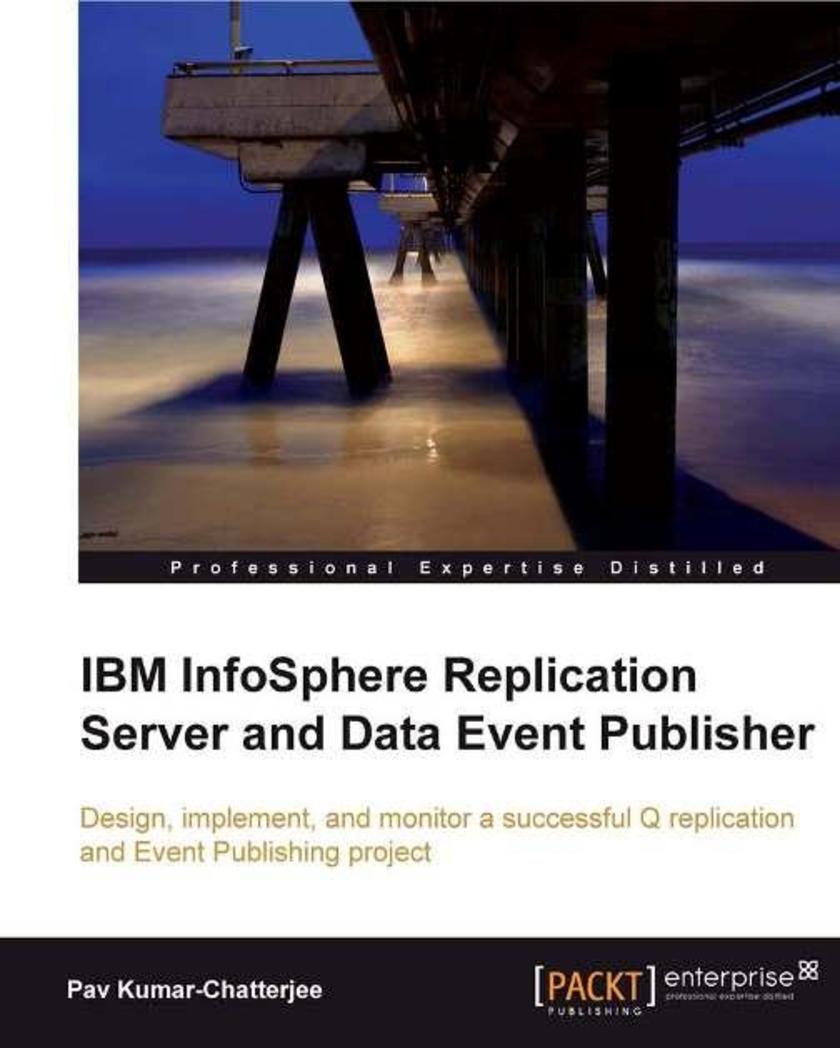
IBM InfoSphere Replication Server and Data Event Publisher
¥107.90
This is a developer's guide and is written in a style suitable to professionals. The initial chapters cover the basic theory and principles of Q replication and WebSphere MQ. As the book advances, numerous real-world scenarios and examples are covered with easy-to-understand code. The knowledge gained in these chapters culminate in the Appendix, which contains step-by-step instructions to set up various Q replication scenarios. If you are a professional who needs to set up and administer a Q replication or Event Publishing environment, then this is the book you need. The book will give you a clear idea of how to implement Q replication on z/OS whether you work on Linux, Unix, or Windows operating system.
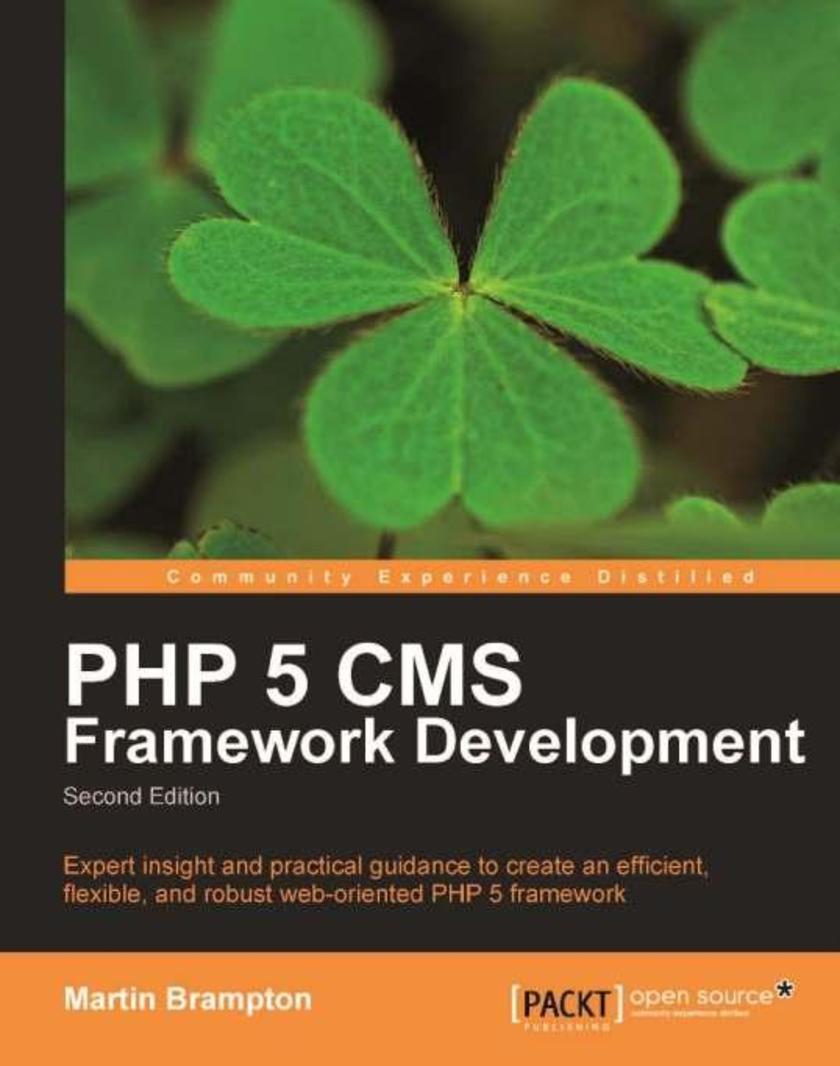
PHP 5 CMS Framework Development - 2nd Edition
¥90.46
The book includes extensive discussion of the design issues, and how to overcome them in the framework. Each chapter of the book focuses on a particular requirement of the framework. The book will not present the total code for a framework, which requires many thousands of lines. But it does show the parts that raise critical design or implementation issues. For these, detailed explanation is given, leaving the less problematic parts to the code download itself. If you are a professional PHP developer who wants to know more about web oriented frameworks and content management systems, this book is for you. Whether you already use an in-house developed framework or are developing one, or if you are simply interested in the issues involved in this demanding area, you will find discussion ranging from design issues to detailed coding solutions in this book. You are expected to have experience working with PHP 5 object-oriented programming. Examples in the book will run on any recent version of PHP 5, including 5.3.
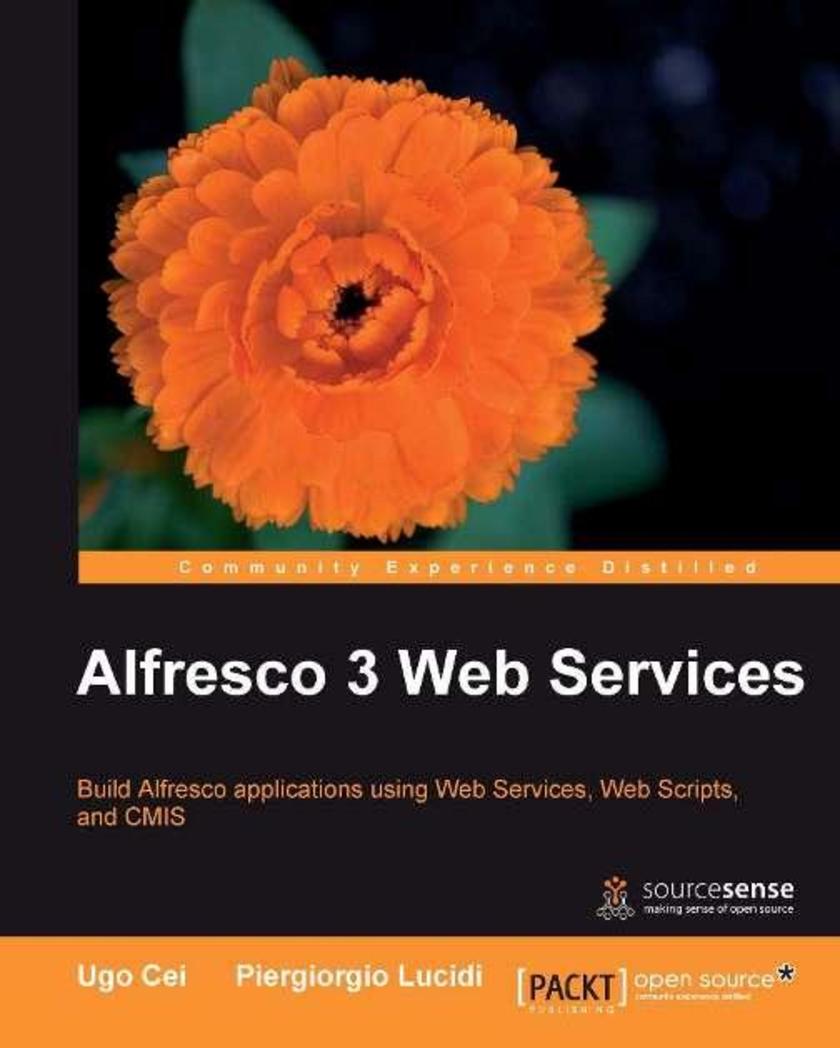
Alfresco 3 Web Services
¥107.90
The book is a detailed guide to building integrations on top of Alfresco filled with tons of examples and sample code. It is intended to be a complete overview to help developers choose a specific API with related method invocations. If you are a web developer who wants to build business applications on top of Alfresco, then this is the book for you. Basic understanding of XML, Web development concepts (HTTP, MVC) and Web Services is required.
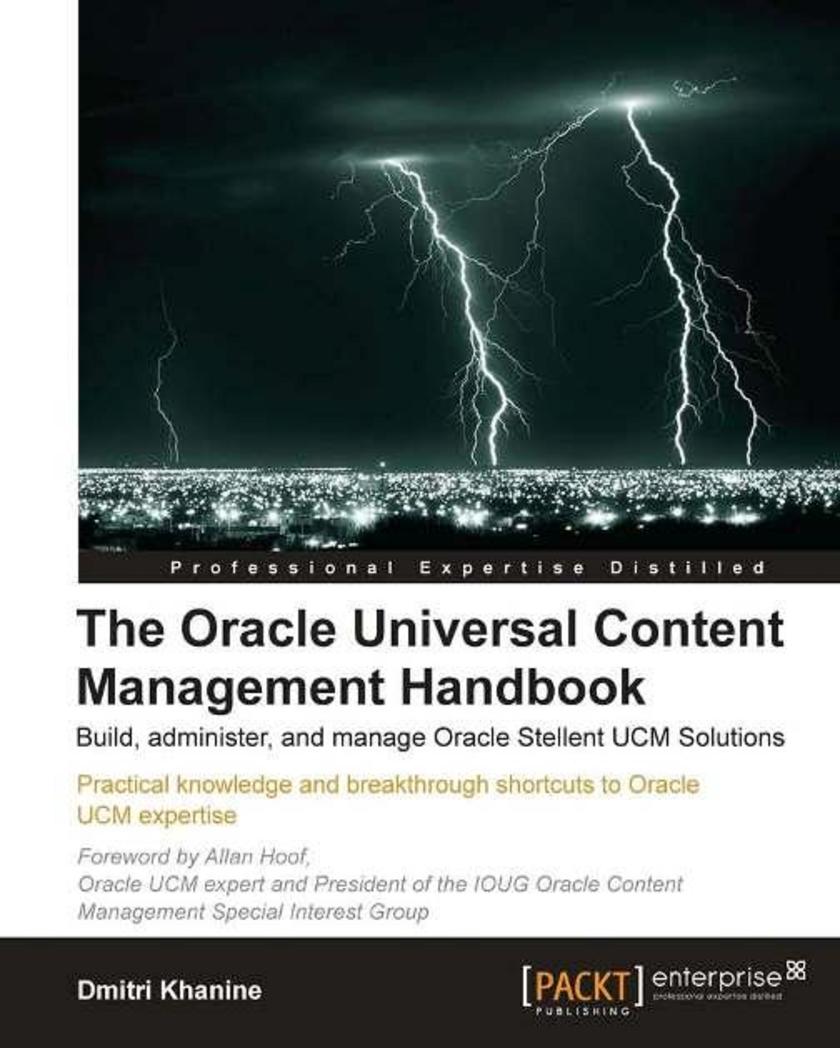
The Oracle Universal Content Management Handbook
¥107.90
This book employs the tactic of "you and me talking", which makes learning effortless and fun... even addictive! It's full of specific examples, shortcuts, and ready-to-use strategies. You'll end up with a working, ready-to-use Oracle UCM system by the end of Chapter 2. And you can jump chapters and read them in any order that better suits your passion or your assignment at hand. If you want to get started with Oracle UCM, this is the perfect book for you. This book is also beneficial for Oracle Stellent UCM users, administrators, and developers who are ready to jump up to the next level of expertise.
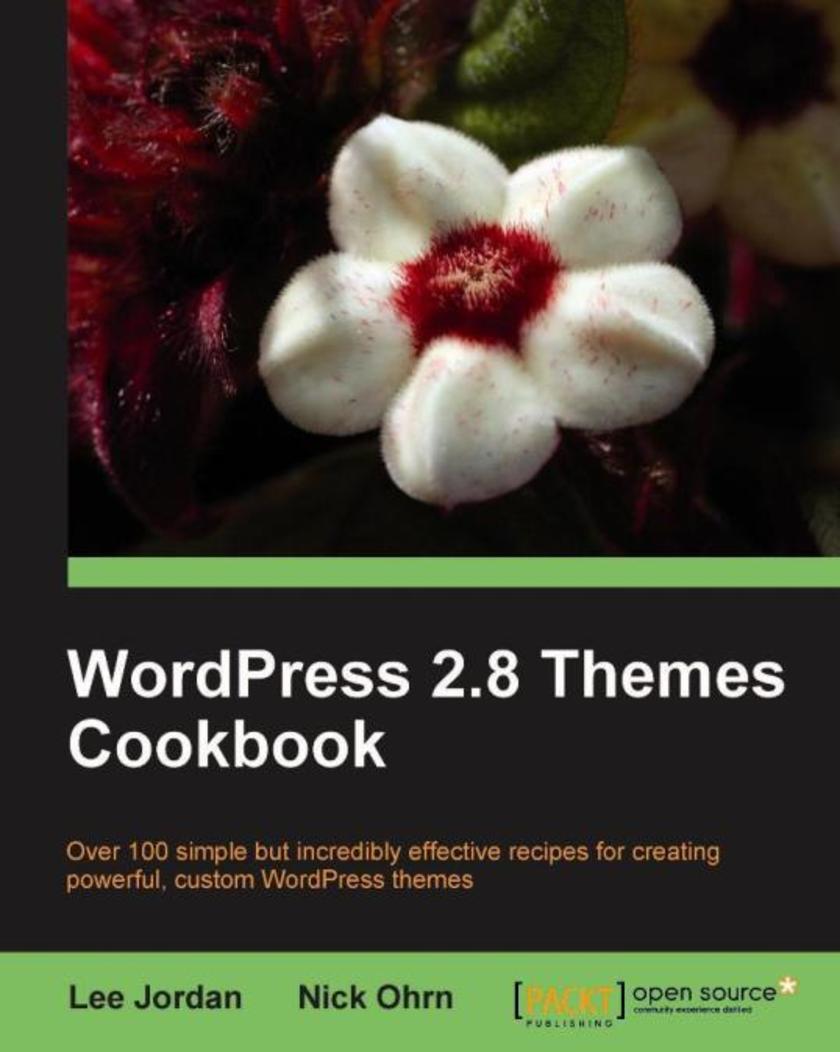
WordPress 2.8 Themes Cookbook
¥71.93
Each recipe comprises step-by-step instructions followed by the analysis of what was done in each task and other useful information. The book is designed so that you can read it chapter by chapter, or you can look at the list of recipes and refer to them in no particular order. There are plenty of useful screenshots to make learning easier for you. This book is for WordPress developers who want to create powerful themes for their blogs and web sites to impress and influence visitors. This book expects working knowledge of the WordPress platform. Knowledge of HTML and CSS would also be useful.
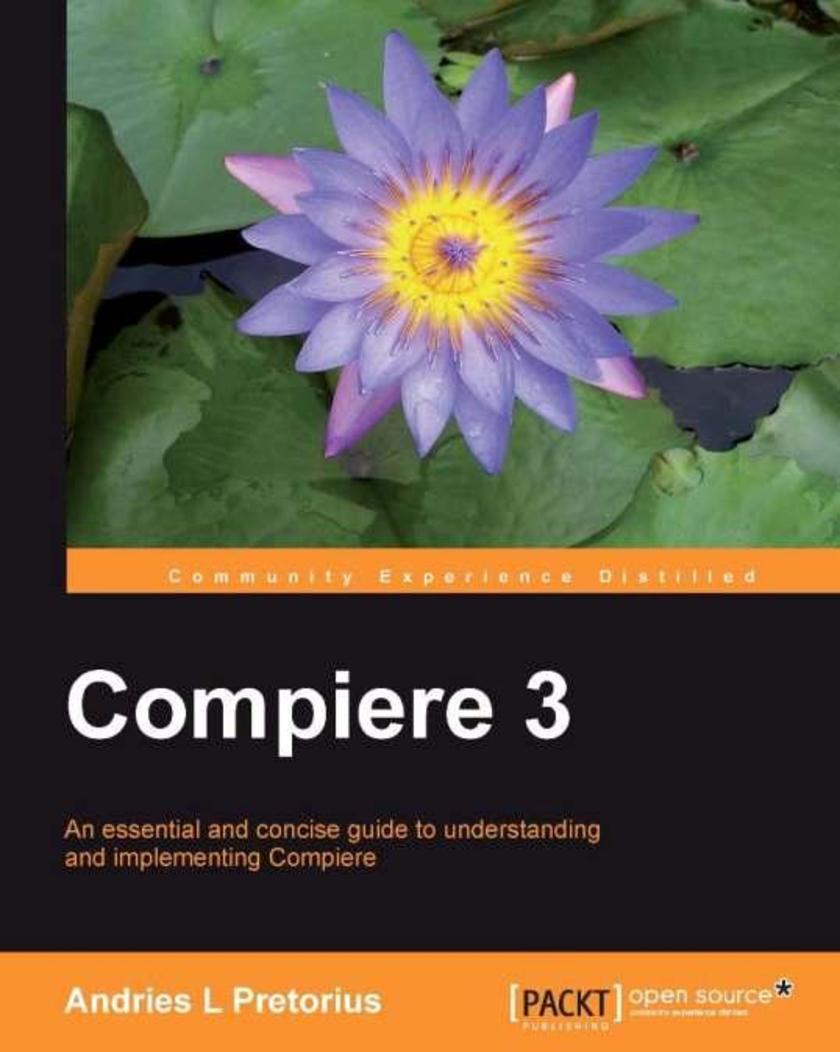
Compiere 3
¥80.65
This book is a concise guide that focuses solely on implementing Compiere. It uses a business scenario case study throughout to illustrate the sort of decisions and considerations required at critical stages in a real-life Compiere implementation. If you are considering or want to easily implement Compiere in your organization, this book is for you. This book will also be beneficial to system users and administrators who wish to implement an ERP system. No previous knowledge of Compiere is required.
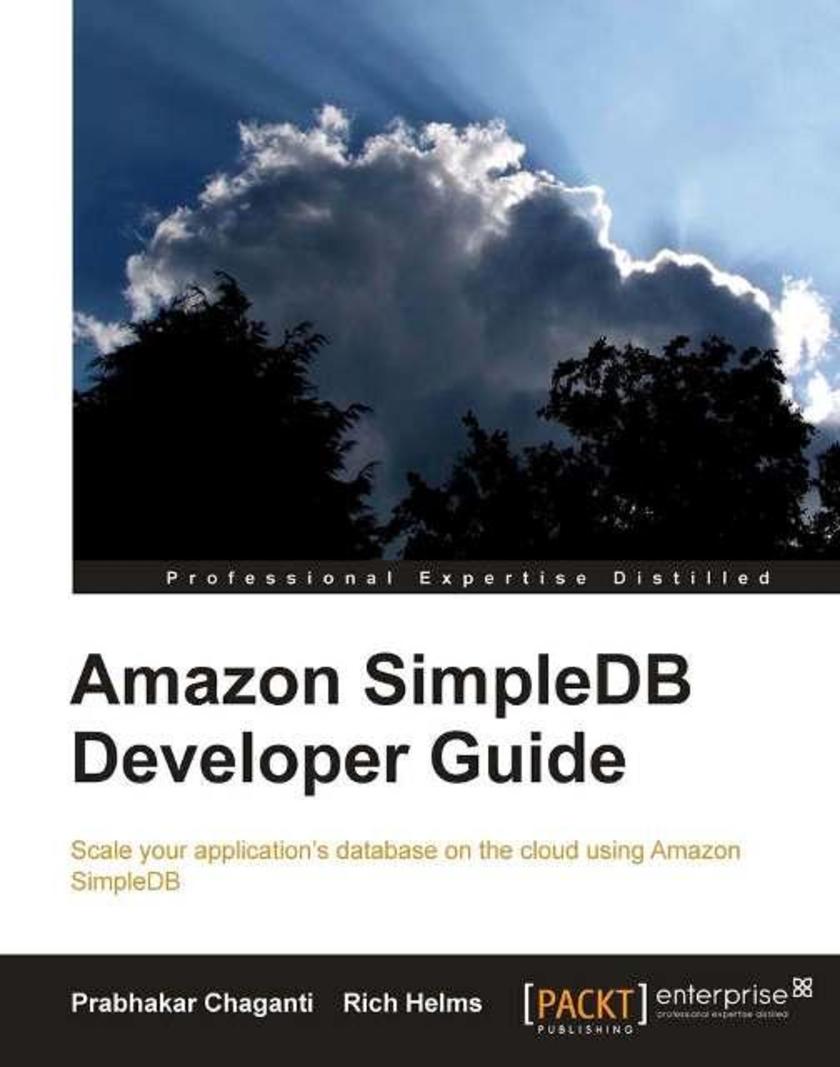
Amazon SimpleDB Developer Guide
¥71.93
This book is a practical real-world tutorial covering everything you need to know about Amazon SimpleDB. You will come across examples in three languages: Java, PHP, and Python. This book is aimed at transforming you from a beginner to an advanced developer. If you are a developer wanting to build scalable web-based database applications using SimpleDB, then this book is for you. You do not need to know anything about SimpleDB to read and learn from this book, and no basic knowledge is strictly necessary. This guide will help you to start from scratch and build advanced applications.
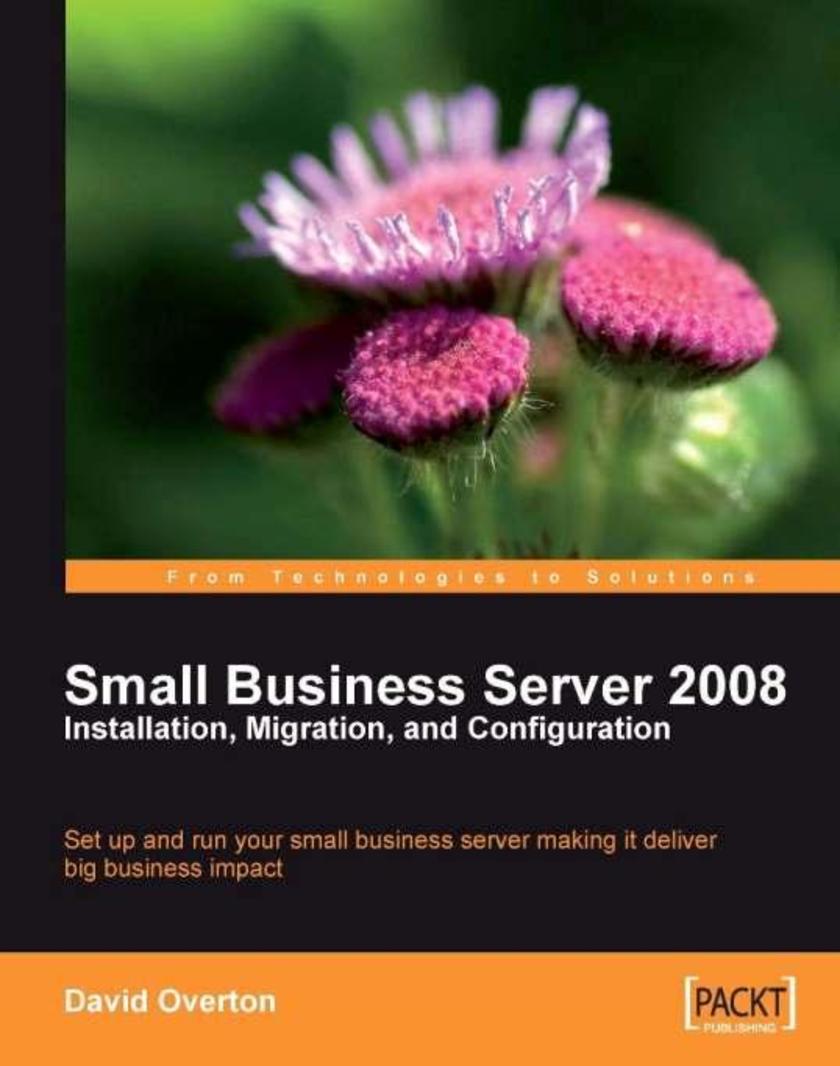
Small Business Server 2008 – Installation, Migration, and Configuration
¥71.93
This book presents step-by-step guidance through the installation and configuration process with the help of numerous screenshots. It contains many snippets of information and guidance on decision making. As every eventuality can't be covered, there are links to online information as well as pointers to forums the author personally interacts with to answer additional questions. This book is designed for anyone who needs to install and configure SBS 2008. You don't need to be a technical consultant who wants to tweak every setting to become an SBS success. This book will help those with a basic understanding of technology and a desire to install and use SBS 2008 quickly and continue with their business.
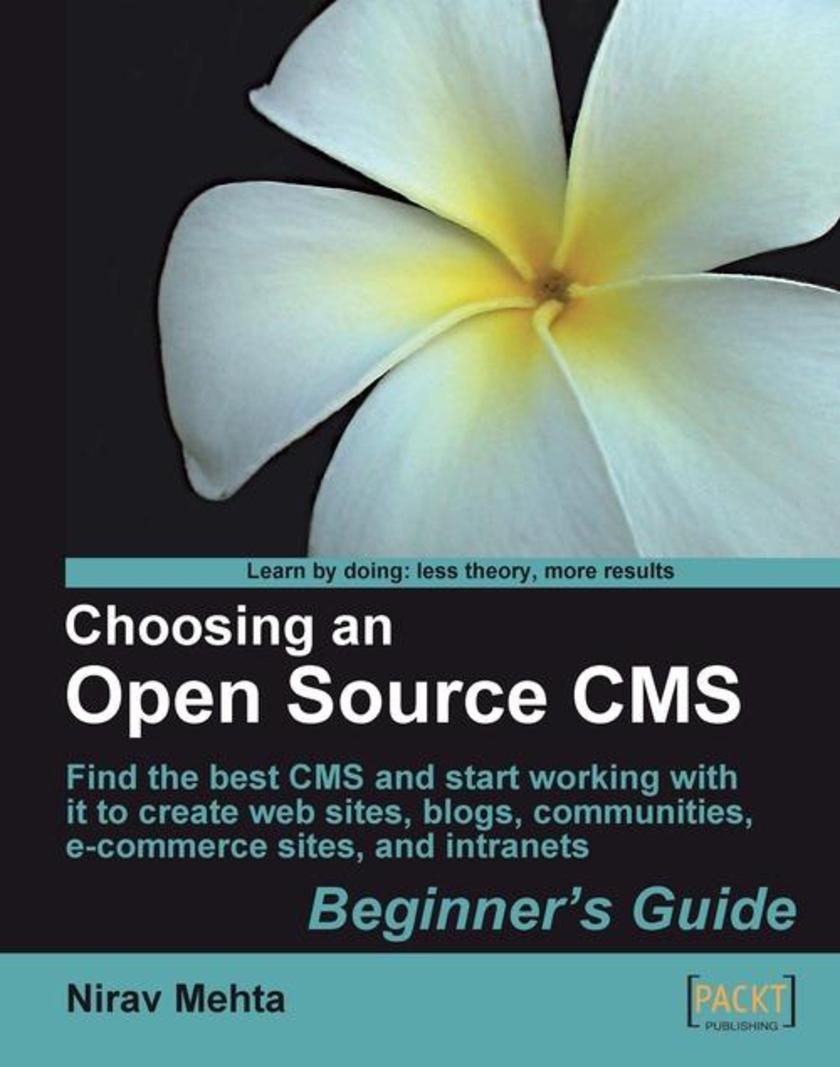
Choosing an Open Source CMS: Beginner's Guide
¥71.93
This is a practical guide that takes a task-centered approach. Each task is stepped through with detailed instructions. You will come across many step-by-step examples with plenty of screenshots and resources. This book provides all the support and guidance you need as you begin to work with CMSs. It even has additional tasks that you can carry out to build your skills further. Everything is oriented towards managing content with a CMS. This book is written for anyone who wants to start a web site and is looking for a good CMS. It is best suited for people who are selecting a CMS for their sites and people who will manage a CMS. Knowledge of web basics is certainly helpful, but not needed.
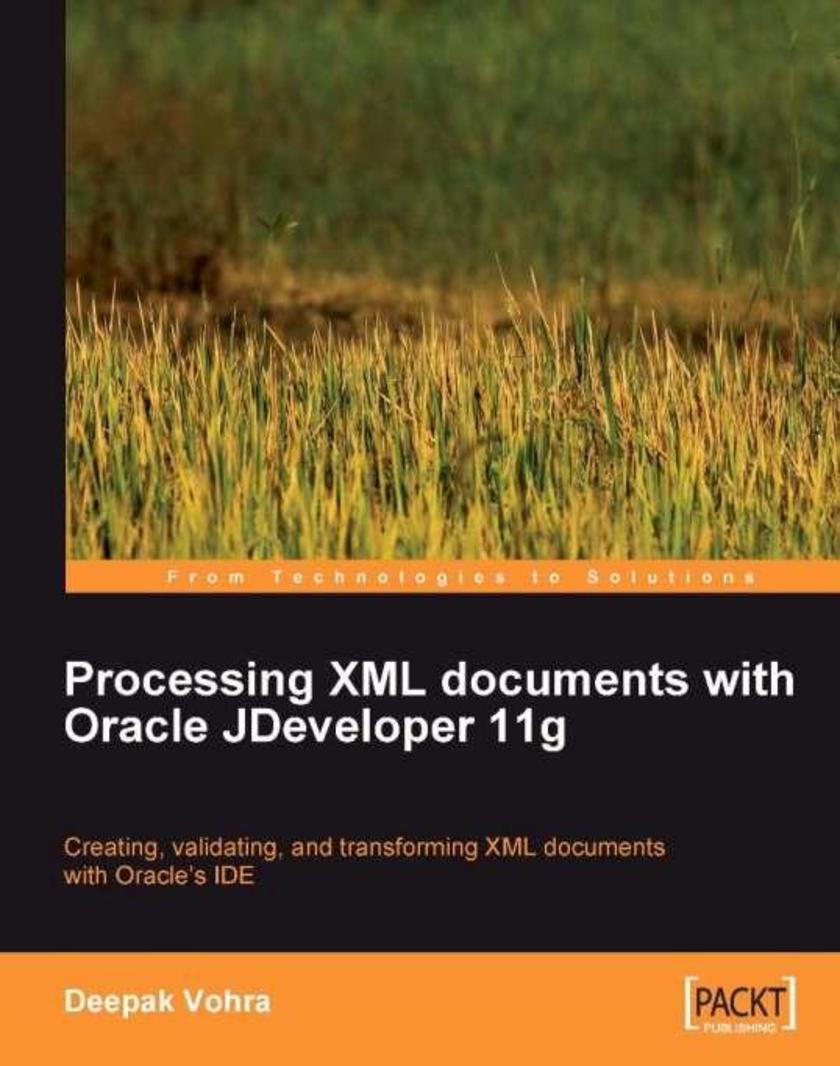
Processing XML documents with Oracle JDeveloper 11g
¥99.18
This book is for newcomer and intermediate Java developers who want to work with XML documents using JDeveloper 11g. No previous knowledge of JDeveloper is assumed but the reader will need to be comfortable in XML and Java environments. Employing a comprehensive tutorial-based approach, this easy-to-follow book shows the reader various means of processing XML documents using the power of Oracle's JDeveloper 11g. In next to no time, the reader will be able to create, format, transform, compare, and schema validate XML documents with Oracle's IDE.
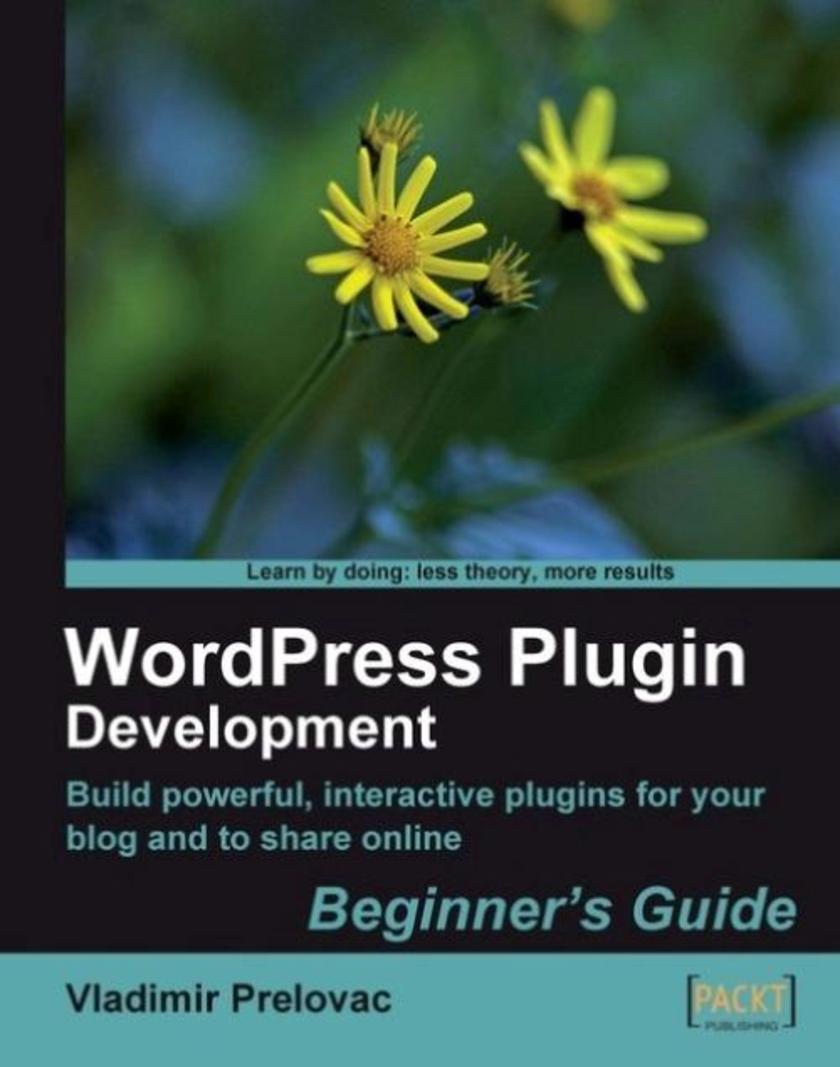
WordPress Plugin Development (Beginner's Guide)
¥71.93
This is a Packt Beginners Guide, which means it focuses on practical examples and has a fast-paced but friendly approach, with the opportunity to learn by experiment and play. Each chapter builds a practical plug-in from the ground up using step-by-step instructions. Individual sections show you how to code some functionality into your plug-in and follow up with a discussion of concepts. This book is for programmers working with WordPress, who want to develop custom plug-ins and to hack the code base. You need to be familiar with the basics of WordPress and PHP programming and believe that code is poetry; this book will handle the rest.
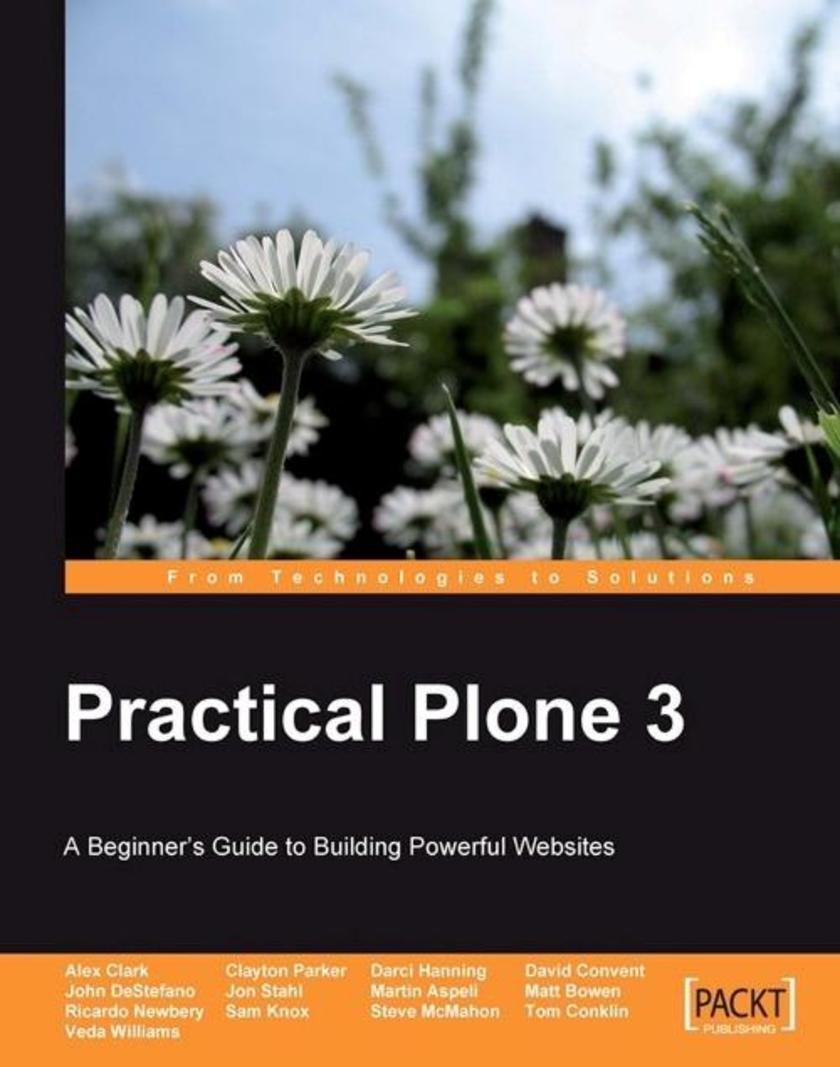
Practical Plone 3: A Beginner's Guide to Building Powerful Websites
¥90.46
This is a beginner's practical guide that doesn't involve any code or programming concepts. You will learn by pointing and clicking on the options available in front of you. It includes easy-to-follow instructions and screenshots that will guide you through creating a powerful website. Each chapter stands alone and you need not go through all the chapters. You can pick and choose depending upon your requirements. If you want to get a Plone site up and running quickly and don't want to get involved in programming, this book is for you. This book is aimed at beginners, who want to configure and customize Plone to meet their content management needs. The book doesn't expect programming skills, although some knowledge of fundamental web concepts such as HTML and HTTP may be helpful.
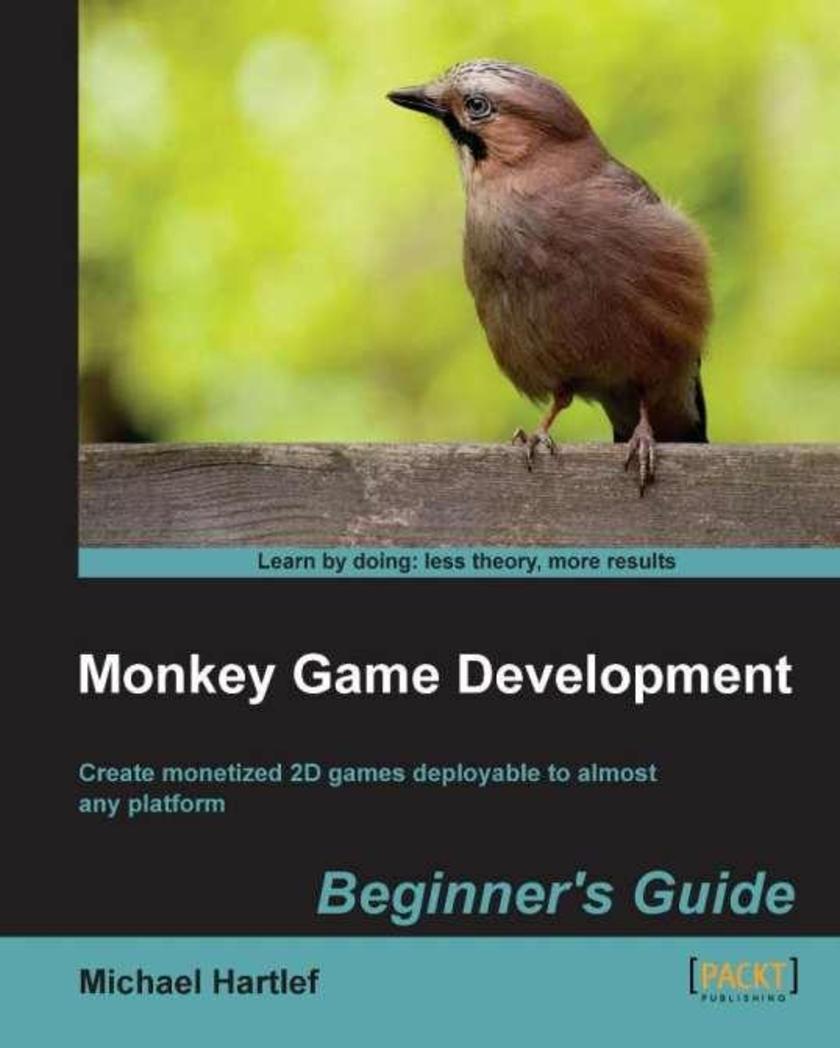
Monkey Game Development Beginners Guide
¥90.46
The first two chapters will provide you with grounding in Monkey. In each subsequent chapter you will create a complete game deployable to either iOS, Android, HTML5, FLASH, OSX, Windows and XNA. The last chapter will show you how to monetize the games so you can be commercially successful in the app development world. Do you want to quickly create games deployable to all the major desktop and mobile platforms?, if so look no further. You will learn how to utilize the highly versatile Monkey compiler to create 2d games deployable almost anywhere. No game development or programming experience is required.
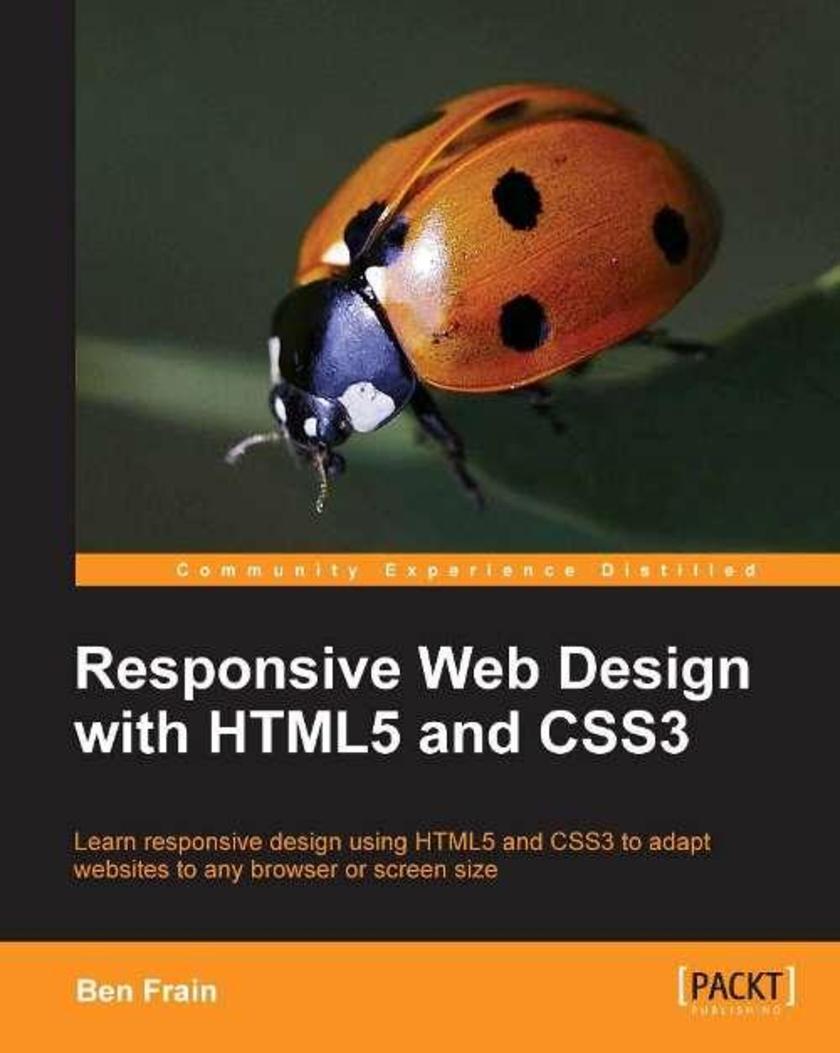
Responsive Web Design with HTML5 and CSS3
¥71.93
This book will lead you, step by step and with illustrative screenshots, through a real example. Are you writing two websites – one for mobile and one for larger displaysOr perhaps you’ve heard of Responsive Design but are unsure how to bring HTML5, CSS3, or responsive design all together. If so, this book provides everything you need to take your web pages to the next level – before all your competitors do!
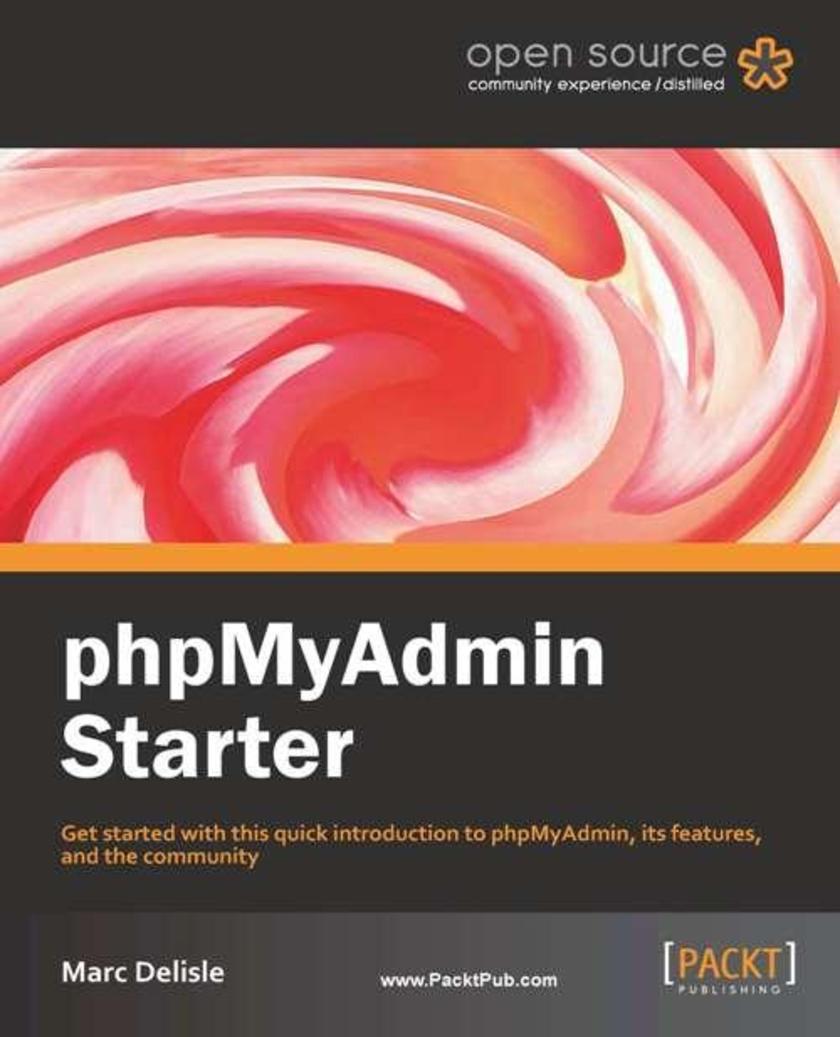
phpMyAdminStarter (Microcontent)
¥41.41
If you are new to MySQL or wish to simplify managing your databases, this will provide you with an excellent path into a potentially tricky subject.




 购物车
购物车 个人中心
个人中心



